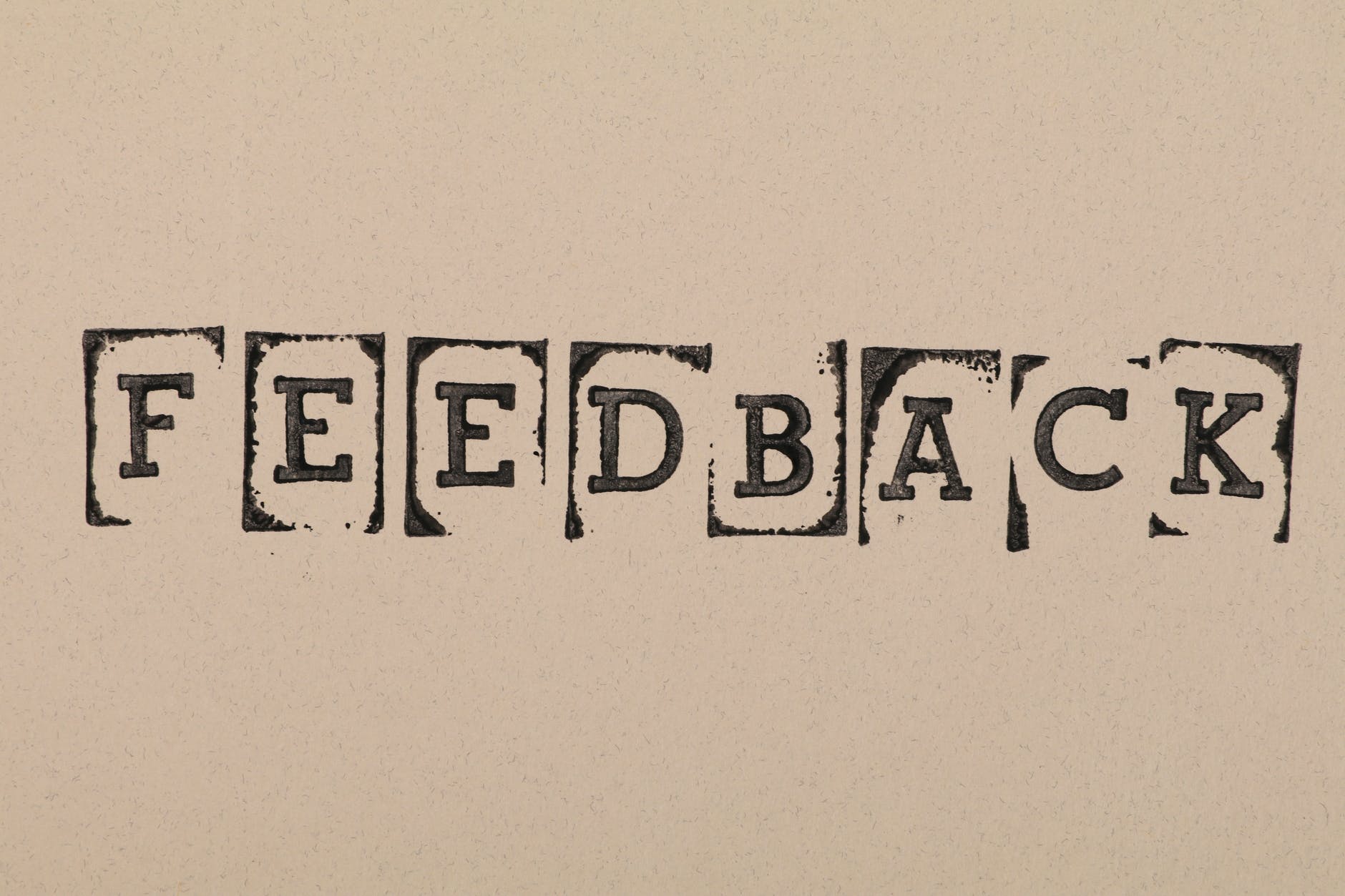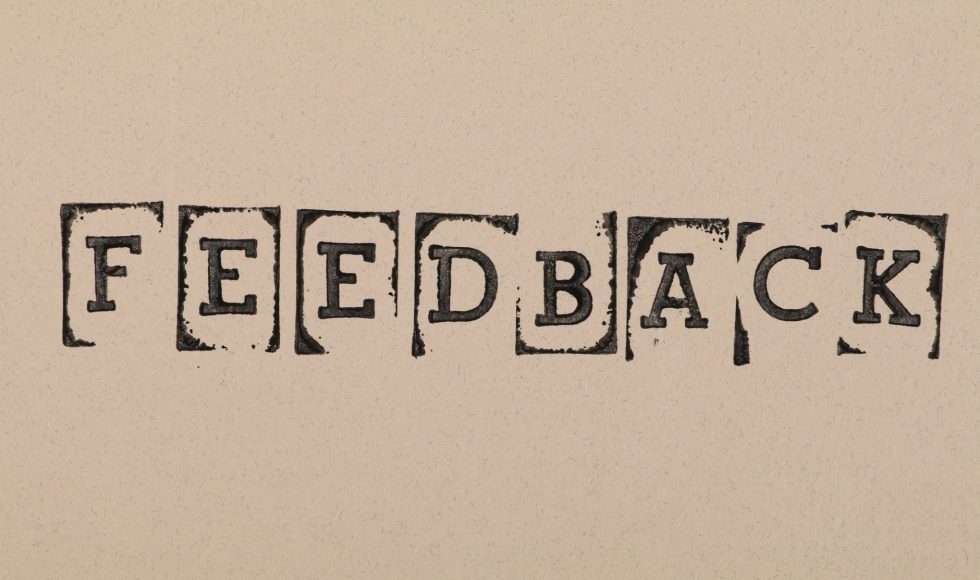Patrick Dempsey, Director of the Office of Digital Teaching & Learning, Loyola University Maryland, presented a Quality Matters session last November entitled “Feedback Strategies: 5 Practices to Increase Student Success and Decrease Instructor Workload.” Dempsey asked: explain how anyone gets “good at anything.” This was followed by Dempsey sharing research that to improve performance it is necessary to seek out practice activities with clear expectations. However, Dempsey noted the challenges of giving high-quality feedback. Dempsey shared that there is logistical feedback on instructions and expectations and content feedback that can be generalized and individualized. The goal, Dempsey mentioned, is individualized feedback… though this can be time-consuming. They asked the audience to explain the characteristics of high-quality feedback, and the chat included suggestions like actionable, timely… transformational. Dempsey suggested that for one assignment, you can evaluate feedback by making a table with rows for each student and columns for logistical and content feedback (instructions and expectations for logistical and generalized and individualized for content). One of the biggest limitations to doing this at scale is student-centered feedback. Dempsey encouraged using templates and instructing students to use headings, for example. “Structuring your instructions” is what Dempsey emphasized.
Next, Dempsey explained the difference between feedback and feedforward. Negative feedback is corrective, controlled, and aims to avoid failure; positive feedback, explained Dempsey, is directive, encourages learners to propel, and aims to amplify success. Some suggestions for positive feedback were to share rubrics with students, provide clear and detailed guidelines, and provide peer review/feedback opportunities. Dempsey suggested sharing a student example, co-creating a rubric, and sharing in discussion forums to obtain peer feedback.
Dempsey shared a colorful timeline of a week in their online course with quizzes and forums with feedback indicated. Of importance, there are several forums and discussions for peer feedback. Dempsey mentioned publishing a book “Creating Transformative Online Communities in Higher Education.” I am curious about this book.



